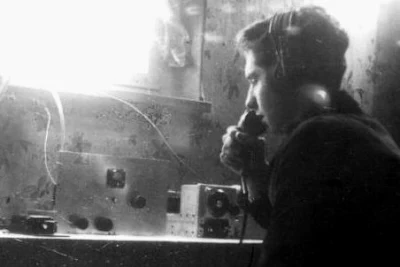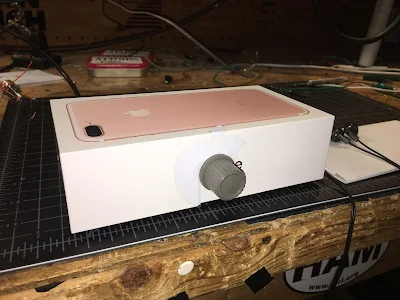 |
| DL3AO 1950 |
http://soldersmoke.com/soldersmoke200.mp3
-- Old friends on 17 meters.
-- Another Knack Nobel in Physics.
-- Hans Summers' QCX transceiver: $50 IS THE NEW 10 GRAND!
-- New Bands! 630 and 2200 Meters. BIG ANTENNAS!
-- Nuke Powered QRP. No joke!
-- The Challenge of UHF. Not for the faint of heart.
-- Reginald Fessenden, Father of Phone.
PETE'S BENCH REPORT: The New Simple-ceiver. Soon to be a Transceiver.
BILL's BENCH REPORT: Discrete, Direct Conversion, Ceramic Receiver in iPhone Box.
THE EDUCATIONAL PORTION OF TODAY's PROGRAM:
HOW TO TROUBLESHOOT A HOMEBREW RECEIVER.
MAILBAG.
 |
| DL3AO 1950 |










































